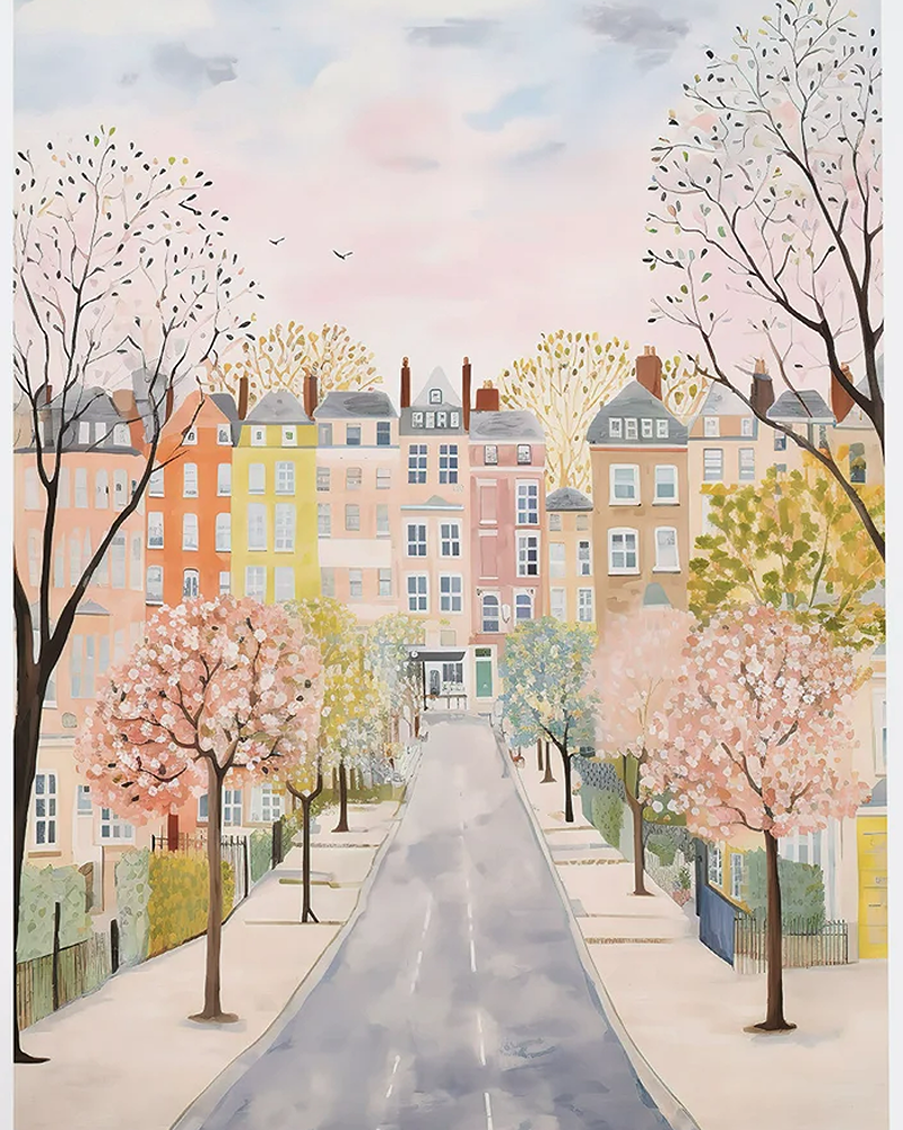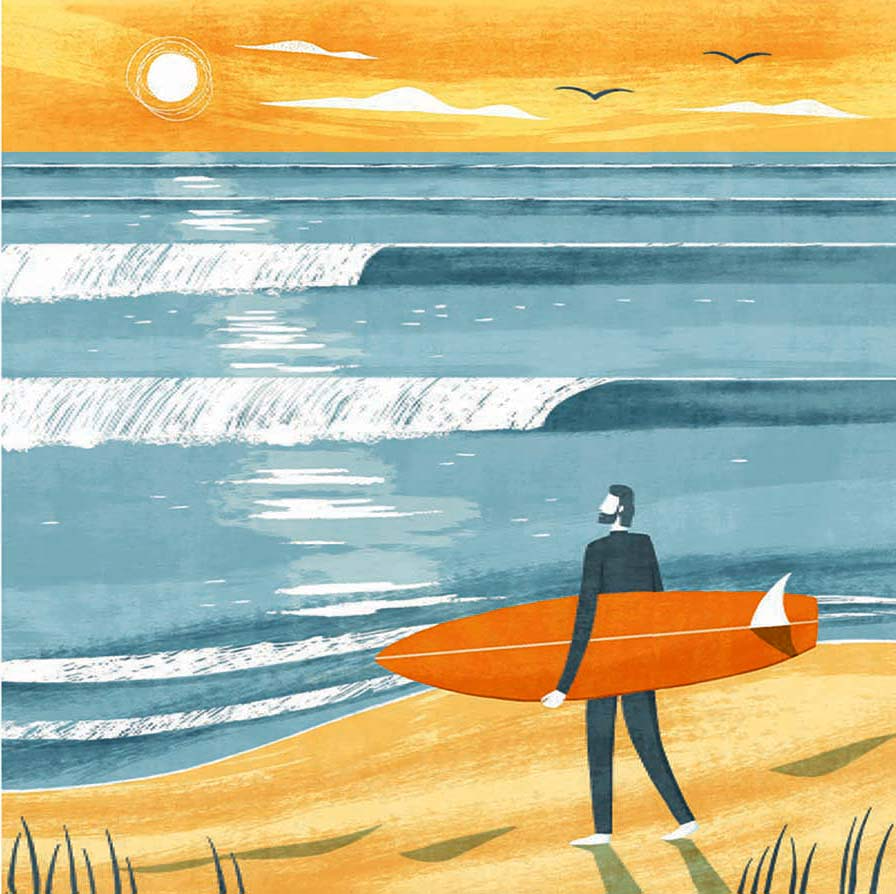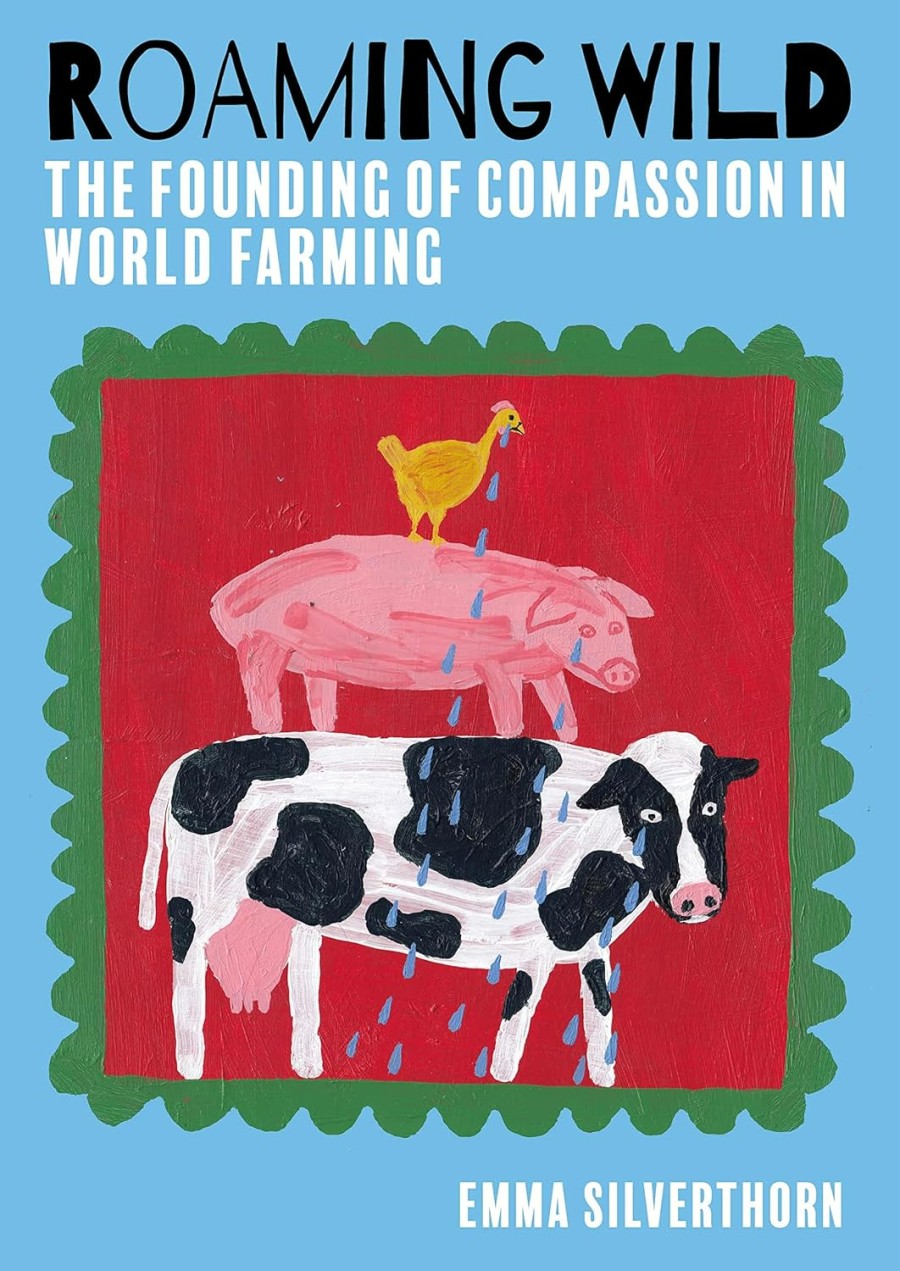
Trees are nature’s ‘living statues’ that also provide shade and food to birds and wildlife, and also give out oxygen and absorb carbon dioxide, to help prevent climate change. They also reduce ‘heat island effect’ which happens a lot in cities – and is increasingly serious, with rising temperatures in summer. Yet English councils don’t plant nearly enough trees, compared to other countries (in Vancouver, councils plant millions of trees, and communities look after them.
If planting trees, learn how to make gardens safe for pets (know trees to avoid near horses (including yew and oak). For indoor trees, avoid facing indoor foliage to gardens, to help stop birds flying into windows.
Keep away from grey/white caterpillars (oak processionary moths that cause allergies and breathing difficulties – contact a doctor/vet if in contact). Also cordon off affected trees from livestock and horses. Mostly found in London in warm weather, report to your council and Treealert.
One exception to the rule is London, which has around 8 million trees (one for every person!) This makes the city officially a ‘forest’. Read Ghost Trees, a book by Bob Gilbert, who explores the trees and wildlife of this inner city, beginning from Poplar (in the East End where he lives).
meet London’s expert on street trees!
Paul Wood likely knows more about London’s street trees than anyone else. His book can tell you fascinating stories about the living statues in your city – which crams 9 million people alongside 8.5 million trees into a ‘city forest of just 600 square miles.
Plane trees are everywhere. They are the biggest, tallest and oldest trees in central London, easily identified by their monumental size, their hand-shaped leaves and bark that flakes off in scales, revealing a patchwork surface akin to camouflage. Some of the mightiest are those that grow close to water. Several on the Thames at Richmond are over 40 metres tall, while even trees further inland have achieved enormous sizes, like those in the churchyard of St Paul’s Cathedral.
how to help your community plant trees
Trees for Cities is the main nonprofit that is helping people across England plant more treets. It focuses on streets and urban areas, which as well as providing extra shade, could even help to reduce deaths in heatweaves, by reducing temperatures. You can use the app to check if your council has signed up, then choose a park or street where you would like trees planted.
The Orchard Project began in London, but now trains volunteers nationwide to plant (and care fore) fruit and nut trees for communities. This helps to restore veteran orchards and give free food, and also creates new wildlife habitats (leave some fruits for the birds!)
Incredible Edible began in Yorkshire, and is now a worldwide movement to grow and provide free food for local communities. You can grow herbs at railway stations or in schools or health centres. Volunteers also plant free fruit and nut trees, so people can simply help themselves, when they want to make a pie! Find your local group, or start one of you own!
why Canadian cities plant more trees
Canada is a bigger country than England with half the population, but the weather is pretty similar (and often colder). In Vancouver, the council gives free trees for local people, who can report in any that look diseased. From juicy figs to evergreens, the city is now an urban forest, with trees on streets, in parks and backyards, all giving out oxygen and helping to absorb rainwater. Tree-lined avenues also make areas far nicer to live in, and buffer sound in city areas. Brinkman Reforestation has run the longest reforestation program on earth (1.5 billion trees planted over 50 years).
As a footnote to compare – the Johnson government approved chopping down England’s second-oldest pear tree (in Worcestershire) to make way for the HS2 (if completed, this project will kill around 22,000 wildlife a year, based on comparisons with other high-speed trains worldwide). Cameron’s government was only prevented by selling off public forests to private owners, due to a campaign by 38 Degrees.






